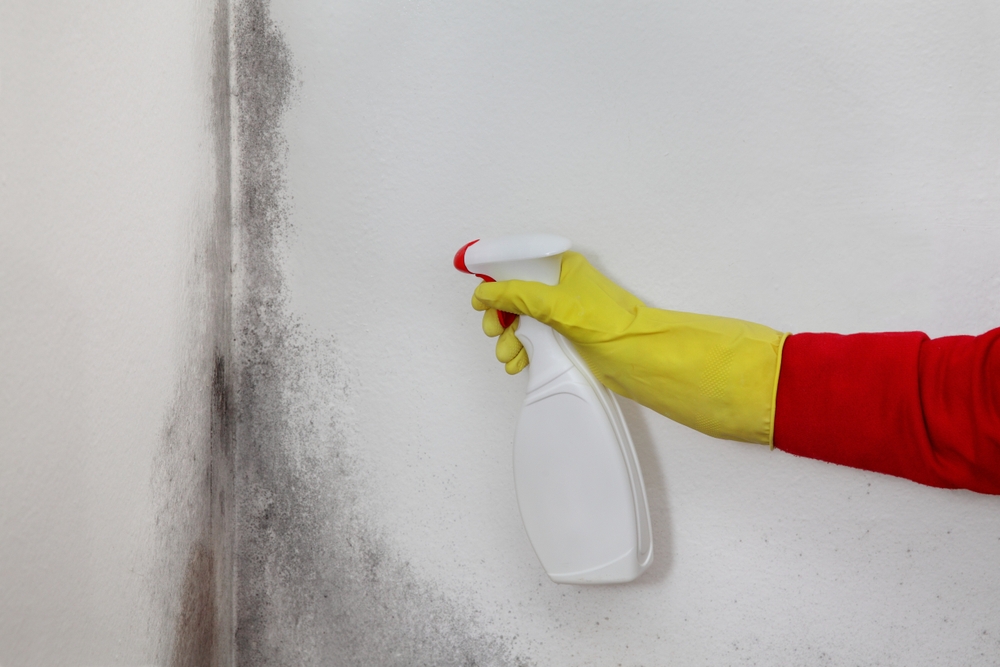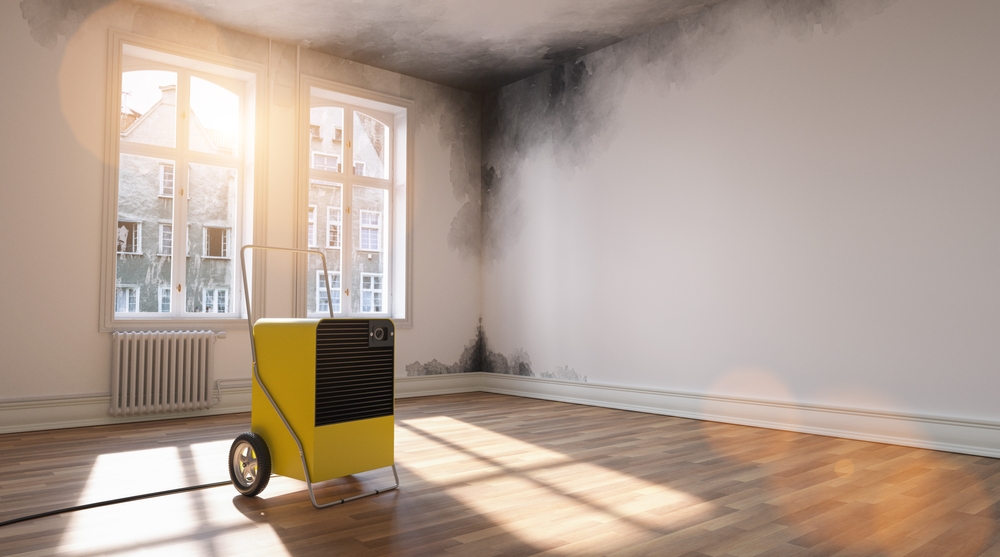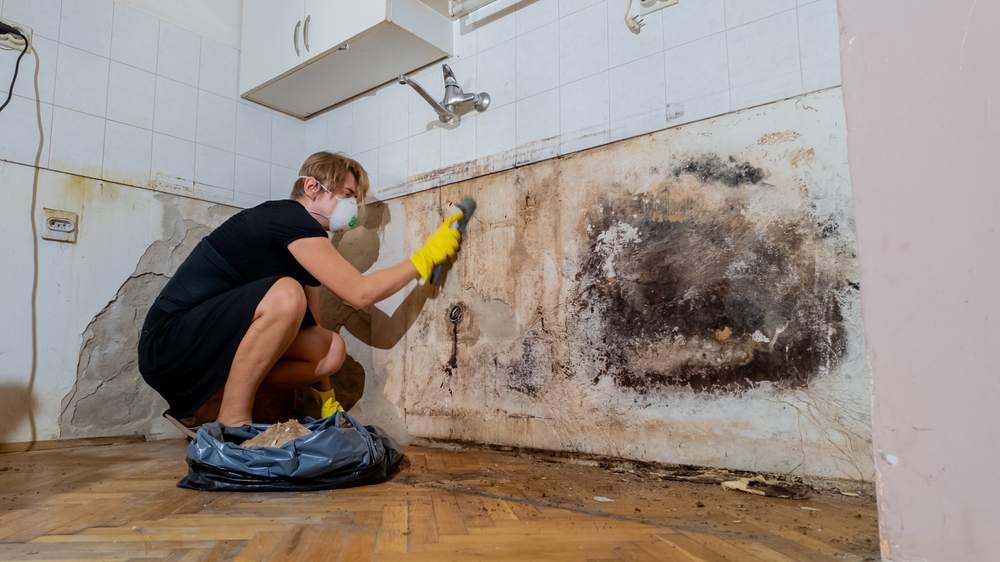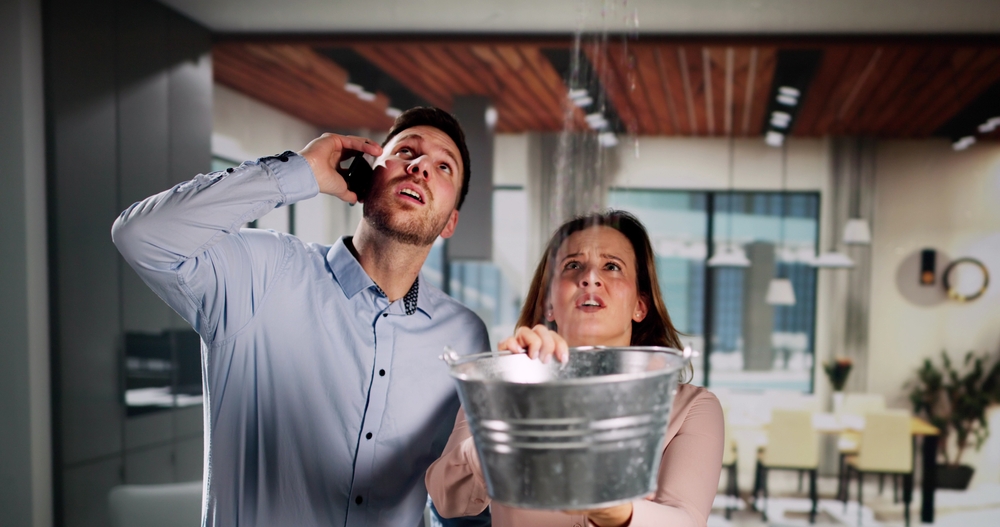Imagine waking up to discover following a strong storm your basement flooded. The first astonishment soon gives way to concern when you understand there is possibility for mold development. Mold may wreck your house and your health. It might cause allergies and problems with breathing. Moreover, mold can seriously harm your property structurally. Thus, quick resolution of water damage is crucial to stop mold from growing from root.
This blog article will list important actions to stop mold development following water damage in your house. Acting quickly, using good drying methods, thoroughly cleaning, and keeping an eye on your house will help to greatly lower the mold danger. Let’s work through each stage to make sure your house stays mold-free and safe.
Immediate Actions After Water Damage
1. Safety First
Dealing with water damage, give safety top priority. First, cut off the power to the impacted locations. One should never combine water with electricity. Ensure that the power is completely turned off before entering flooded spaces. Use great care if you observe any structural issues, including walls or drooping ceilings. You might have to leave until someone else can evaluate the circumstances.
If the damage is severe, think about consulting expert water damage restoration companies. Professionals have tools and skills to safely manage significant water damage. They can also assist you steer clear of possible health risks and negotiate the process.
2. Document the Damage
Documentation is critical for insurance purposes. Take clear photos and videos of the affected areas as soon as it is safe to do so. Capture images of standing water, damaged furniture, and any structural issues. This documentation will support your insurance claim and help you track the progress of repairs and restoration efforts.
Record any correspondence you send to your insurance company. Should conflicts develop during the claims procedure, this material could be quite important.

3. Remove Standing Water
Eliminating standing water comes right next. Prevention of mold development depends on this procedure. To extract as much water as you can, use pumps, wet vacuums, and absorbent materials including towels and rags. Better still, the sooner you can get the water out, Prevention of mold depends on every minute.
Sometimes handling big amounts of water calls for renting tools like submersible pumps. Should you decide to do this, go by all safety rules to avoid mishaps.
4. Improve Air Circulation
Improving air circulation is absolutely essential once you have eliminated the standing water. To boost ventilation, open doors and windows. Fresh air facilitates faster drying out of the impacted regions. If the weather allows, think about running fans around the room to move air. Point fans to blow air across damp surfaces to increase evaporation.
To lower humidity, also take into account using dehumidifiers. Dehumidifiers remove moisture from the air, so hindering the growth of mold. Try to have humidity below 60%. Being proactive will enable you to keep ahead of possible mold problems.
Drying Techniques
1. Natural Drying
Whenever at least natural drying techniques are available. Your closest buddy in this process are sunlight and air movement. From the affected area, remove furniture, rugs, and carpets and store them somewhere dry. Sunlight will help these objects dry faster. To encourage even drying, flip and rotate objects often.
For porous materials—like insulation and drywall—cleaning and drying are absolutely crucial. Should these materials be humid, they are prone to mold. To stop mold from developing, if at all possible cut out and remove any damp sections of insulation or drywall.
2. Professional Drying Equipment
Think of either leasing or hiring expert drying tools. Especially made to hasten the drying process are air movers and dehumidifiers. When compared to natural techniques alone, these appliances can drastically save drying time.
Professionals hired will probably bring specific tools catered to your need. Their knowledge can be quite helpful in guaranteeing complete drying and in stopping mold development.
Cleaning and Sanitizing
1. Thorough Cleaning
Cleaning and sanitation come first after everything is dried. Using suitable cleaning agents, clean and sterilize every surface impacted. To guarantee good cleaning, please follow product directions. Focus especially on corners, baseboards, and places beneath furniture. These locations can support possible mold spores as well as moisture.
For general cleaning, a combination of water and mild detergent might be rather successful. Regarding disinfection, think about a solution using bleach. Still, always handle strong cleaning agents using gloves and masks as protection.
2. Discard Damaged Materials
Materials that cannot be reasonably dried or cleaned sometimes must be thrown away. Prime choices for disposal are waterlogged drywall, insulation, and carpeting. Quick development of mold in certain materials can cause more issues downstream.
Act in this stage ahead of time. In case of uncertainty, it is better to get rid of objects than to run the danger of future mold problems. Make sure you dispose of dangerous items according to local laws.
Ongoing Monitoring and Prevention
1. Monitor Moisture Levels
Once you have acted to dry your house, constant monitoring is absolutely vital. Check the humidity in the impacted areas often using a hygrometer. Stopping mold development depends on maintaining humidity below 60%. Over time, this tool—a little investment—can save you a lot of time and money.
Apart from controlling humidity, pay close attention to any mold indicators. Search walls and ceilings for odd stains, musty smells, or discoloration. Correcting mold problems before they become more severe depends on early identification.

2. Address Underlying Issues
Point up and fix any water infiltration sources. Search for leaks in pipes, damage on a roof, or inadequate drainage. Correcting these fundamental problems will help stop water damage going forward. If water problems have a past in your house, think about getting an expert to assess any weaknesses.
Furthermore crucial is improving home ventilation. To lower humidity, guarantee appropriate attic and crawlspace airflow. Install vents and run exhaust fans in places like kitchens and bathrooms to aid as well.
Conclusion
Preventing mold development mostly depends on acting quickly after water damage. Mold can cause major health hazards as well as cause great property damage. You may save your house by giving safety top priority, recording damage, and acting quickly to cut off water.
To keep a safe surroundings, routinely check moisture levels and solve basic problems. Your best line of protection from mold is being proactive. See a professional if you feel overwhelmed or uncertain of how to go on. They can help you much and make sure your house is dry and safe.
Act quickly and follow these preventative steps to keep mold out of your house. Your health and the integrity of your house depend on it.
Philadelphia Restoration Services
https://www.google.com/maps?cid=3399342399556699153
+1 267 668 0013
https://philadelphiarestorationservices.com/


